This study reports gates between qubits encoded in the nuclear spin state of Yb atoms trapped in optical tweezers, reaching very high fidelity and demonstrating mid-circuit conversion of errors into erasure errors.


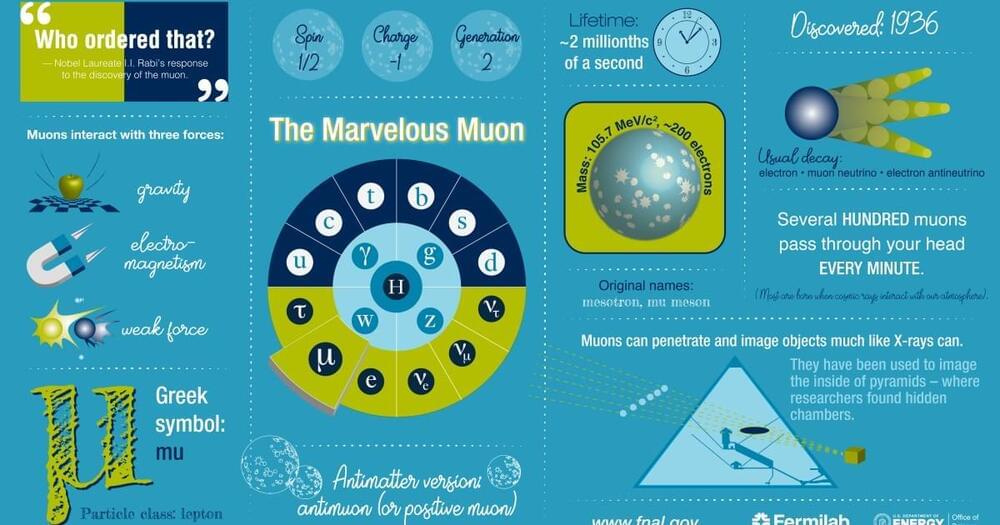
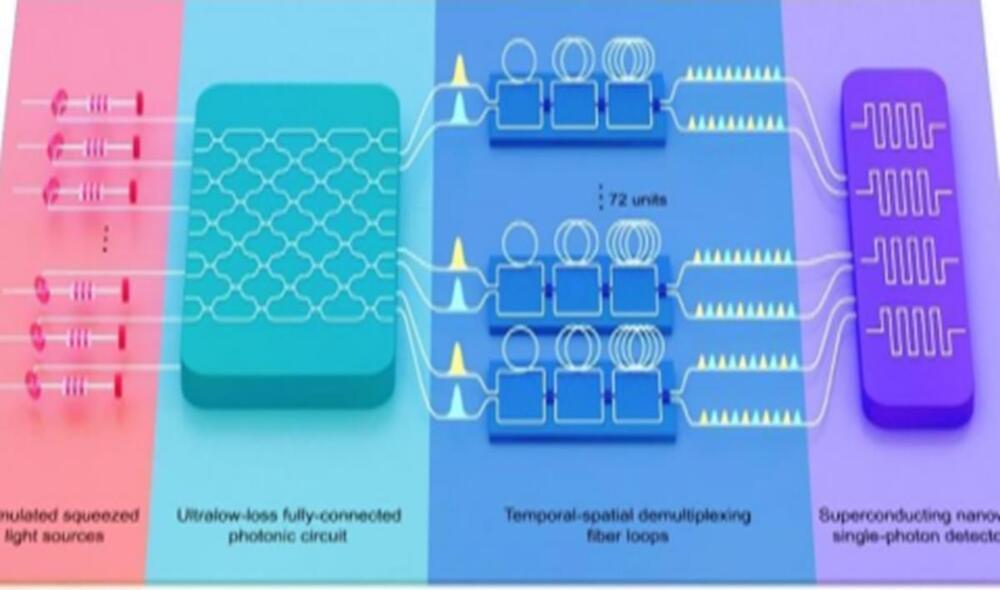
With the successful development of the Jiuzhang 3.0 quantum computer prototype, which makes use of 255 detected photons, China continues to hold a world-leading position in the field of quantum computer research and development, lead scientists for the program told the Global Times on Wednesday.
The research team, composed of renowned quantum physicists Pan Jianwei and Lu Chaoyang from the University of Science and Technology of China in collaboration with the Shanghai Institute of Microsystem and Information Technology under the Chinese Academy of Sciences and the National Parallel Computer Engineering Technology Research Center, announced the successful construction of a 255-photon-based prototype quantum computer named Jiuzhang 3.0 early Wednesday morning.
The quantum computing feat accomplished by the team of talents achieves a speed that is 10 quadrillion times faster in solving Gaussian boson sampling (GBS) problems compared with the world’s fastest supercomputers.
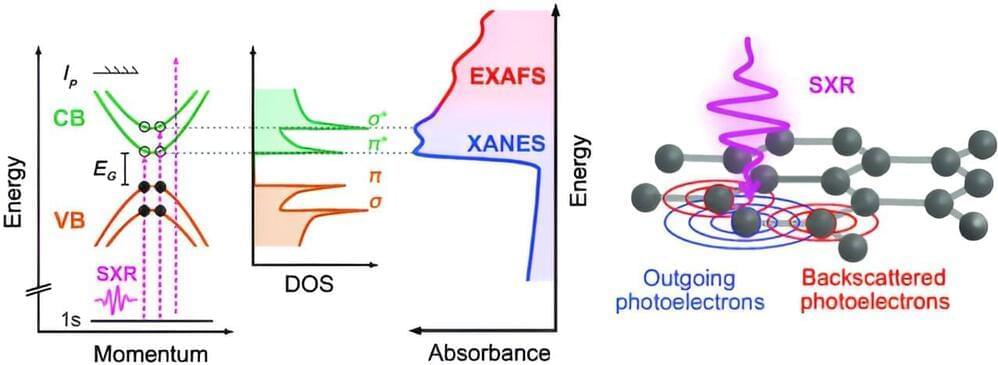
The many-body interaction of charges (electrons) and nuclei (phonons) plays a critical role in determining the properties and functionalities of molecules and solids. The exact correlated motion of these particles gives rise to different conductivity, energy storage capabilities, phase transitions, and superconductivity. Now, the team of ICREA Prof. at ICFO Jens Biegert has developed attosecond soft X-ray core-level spectroscopy as a method to observe the correlated interaction between charges and phonons in real time.
Attosecond soft X-ray spectroscopy relies on the use of ultrashort pulses with photon energies that cover the entire water-window range. Through high-order harmonic generation with an intense few-cycle short-wavelength infrared pulse, the team has successfully generated a bright 165 attosecond pulse with photon energies of up to 600 eV. By directing this ultrashort soft X-ray pulse into the sample, the high-energy photons can excite the electrons in the K-shell or L-shell to unoccupied or continuum states.
This soft X-ray absorption spectroscopy provides researchers with a powerful tool for unraveling the electronic and structural characteristics of the material at the same time.

Imagine that you have a secret decoder ring that you can use to decipher a secret message with important clues about things around you: where they came from, why they are there, and what will become of them in the future. Now imagine that the secret decoder ring is actually a sensor that can be flown in space to unravel secrets about the matter in the solar system. Where did this matter originate, how did it become energized, and how could it impact humans living on Earth and traveling in space?
The Solar Wind Pickup Ion Composition Energy Spectrometer (SPICES) is like a decoder ring for the plasma (gas consisting of electrically charged particles) in the solar system. It has the potential to reveal important information about how the sun behaves and interacts with planets and their atmospheres, and how the solar system is impacted by its own motion through interstellar space.
The universe is mostly made of hydrogen, but the elements that make up life as well as the planets, comets, and many other celestial bodies are heavier than hydrogen. In fact, these heavier elements, although not as abundant, can hold the key to understanding how numerous processes in the universe work. In our solar system, these “heavy elements”—which are called “heavy ions” when they are electrically charged—can help us trace plasma to its origin at planets, comets, the sun and solar atmosphere, and even to interstellar space.
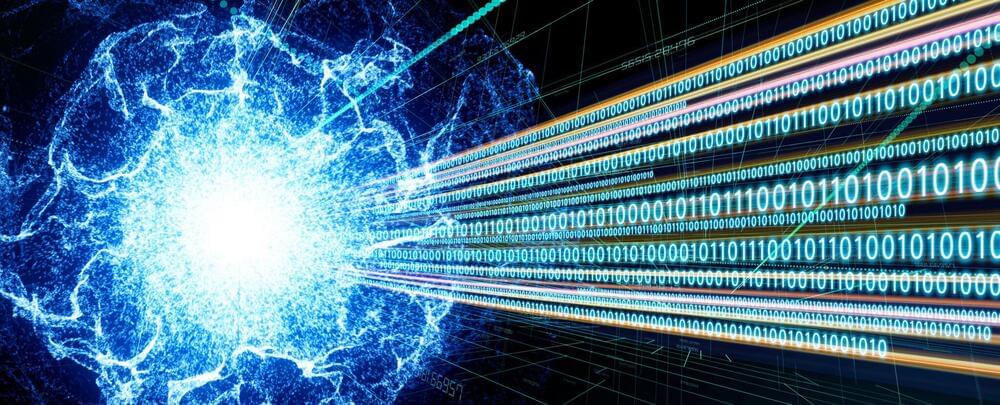
Europe is pushing to create a network infrastructure based on quantum physics.
In May 2023, Dr. Benjamin Lanyon at the University of Innsbruck in Austria took an important step toward creating a new kind of internet: he transferred information along an optical fiber 50 kilometers long using the principles of quantum physics.
Information in quantum physics differs from the units of data—binary digits—stored and processed by computers that form the core of the current World Wide Web. The quantum physics realm covers the properties and interactions of molecules, atoms and even smaller particles such as electrons and photons.
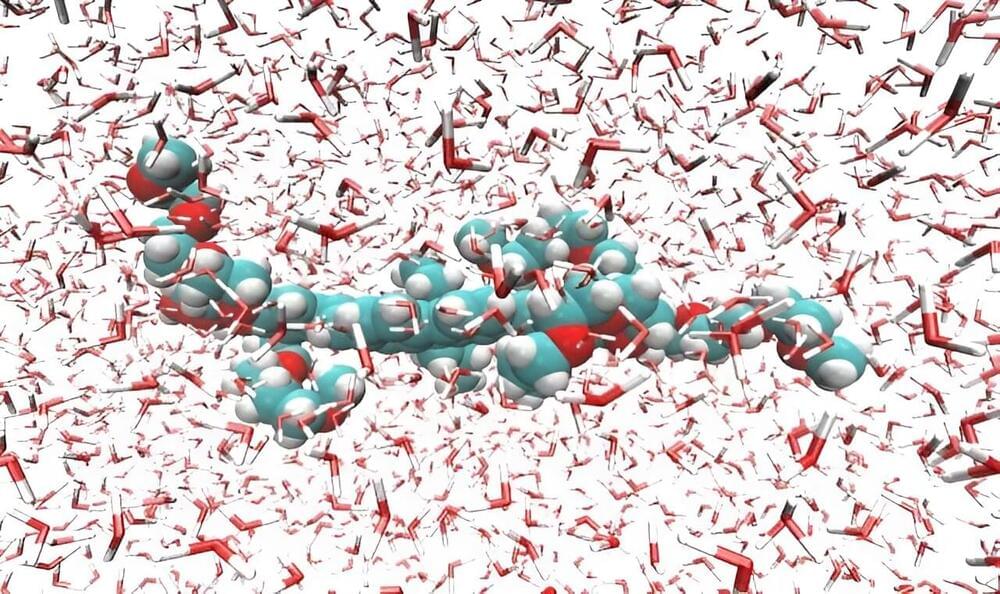
Absorption spectroscopy is an analytical chemistry tool that can determine if a particular substance is present in a sample by measuring the intensity of the light absorbed as a function of wavelength. Measuring the absorbance of an atom or molecule can provide important information about electronic structure, quantum state, sample concentration, phase changes or composition changes, among other variables, including interaction with other molecules and possible technological applications.
Molecules with a high probability of simultaneously absorbing two photons of low-energy light have a wide array of applications: in molecular probes for high-resolution microscopy, as a substrate for data storage in dense three-dimensional structures, or as vectors in medicinal treatments, for example.
Studying the phenomenon by means of direct experimentation is difficult, however, and computer simulation usually complements spectroscopic characterization. Simulation also provides a microscopic view that is hard to obtain in experiments. The problem is that simulations involving relatively large molecules require several days of processing by supercomputers or months by conventional computers.

Exploring the interface between classical and quantum physics and where it breaks down to provide answers for some long-standing mysteries.
To understand the behavior of tiny, microscopic entities such as elementary particles, atoms, and even molecules, it is necessary to apply the mind-bending principles of quantum mechanics. In this realm, physics takes on bizarre properties necessary to unravel the perplexing behaviors of the Universe at this level.
In stark contrast, the macroscopic world we navigate daily adheres faithfully to the more comforting and intuitive laws of classical physics, which serve as approximations to much more complex quantum laws. These classical laws, while impressively accurate for our everyday experiences, merely graze the surface of the quantum mechanics that orchestrates the Universe at its smallest scales.

From the vast expanse of galaxies that paint our night skies to the intricate neural networks within our brains, everything we know and see can trace its origins back to a singular moment: the Big Bang. It’s a concept that has not only reshaped our understanding of the universe but also offers profound insights into the interconnectedness of all existence.
Imagine, if you will, the entire universe compressed into an infinitesimally small point. This is not a realm of science fiction but the reality of our cosmic beginnings. Around 13.8 billion years ago, a singular explosion gave birth to time, space, matter, and energy. And in that magnificent burst of creation, the seeds for everything — galaxies, stars, planets, and even us — were sown.
But what if the Big Bang was not just a physical event? What if it also marked the birth of a universal consciousness? A consciousness that binds every particle, every star, and every living being in a cosmic tapestry of shared experience and memory.
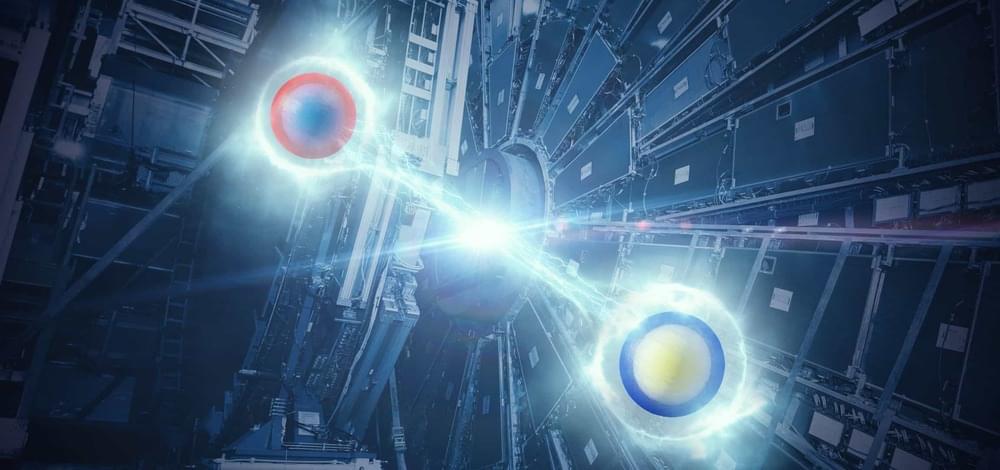
Physicists working on the ATLAS experiment at CERN have observed entanglement between pairs of top quarks for the first time. The finding demonstrates that entanglement can occur at energies more than 12 orders of magnitude higher than is typical for laboratory entanglement experiments. They also show that particle-physics facilities such as CERN’s Large Hadron Collider (LHC) can be used to study quantum mechanics and quantum information.
\r \r.
Entanglement is one of quantum mechanics’ strangest features. Dubbed “spooky action at a distance” by Albert Einstein, it creates an invisible connection between two objects that share a joint quantum state, such that measuring the state of one object – the spin of a particle, for example – immediately gives the state of the other, regardless of the distance between them. Many objects have been entangled, including photons, atoms and molecules as well as larger objects such as macroscopic diamonds.